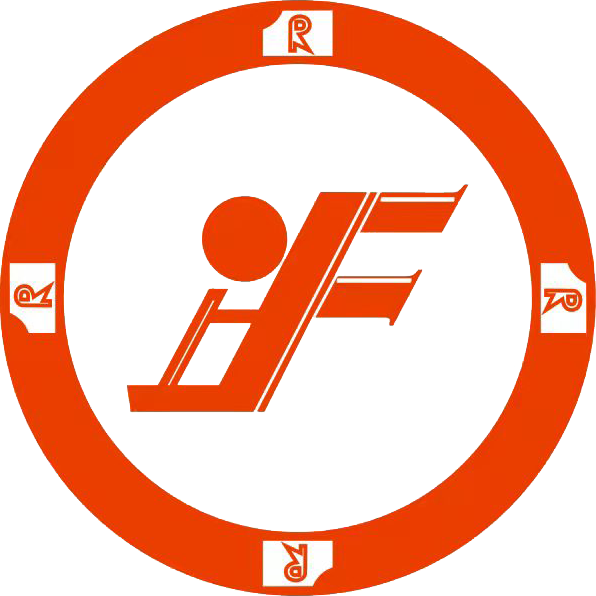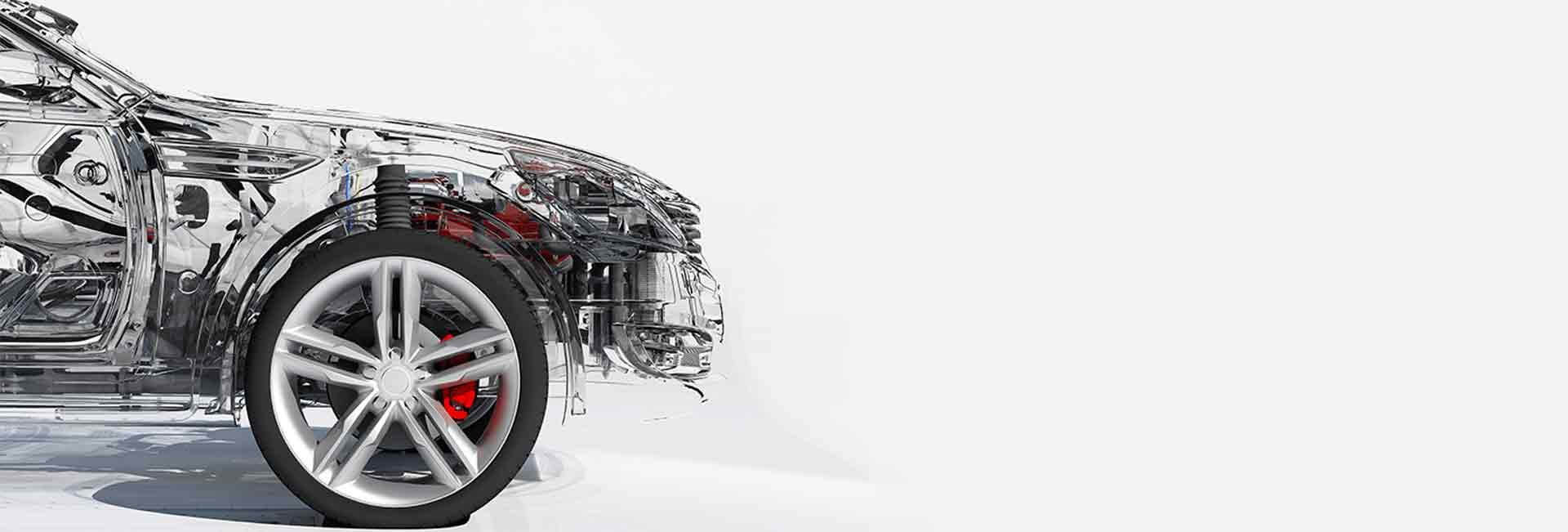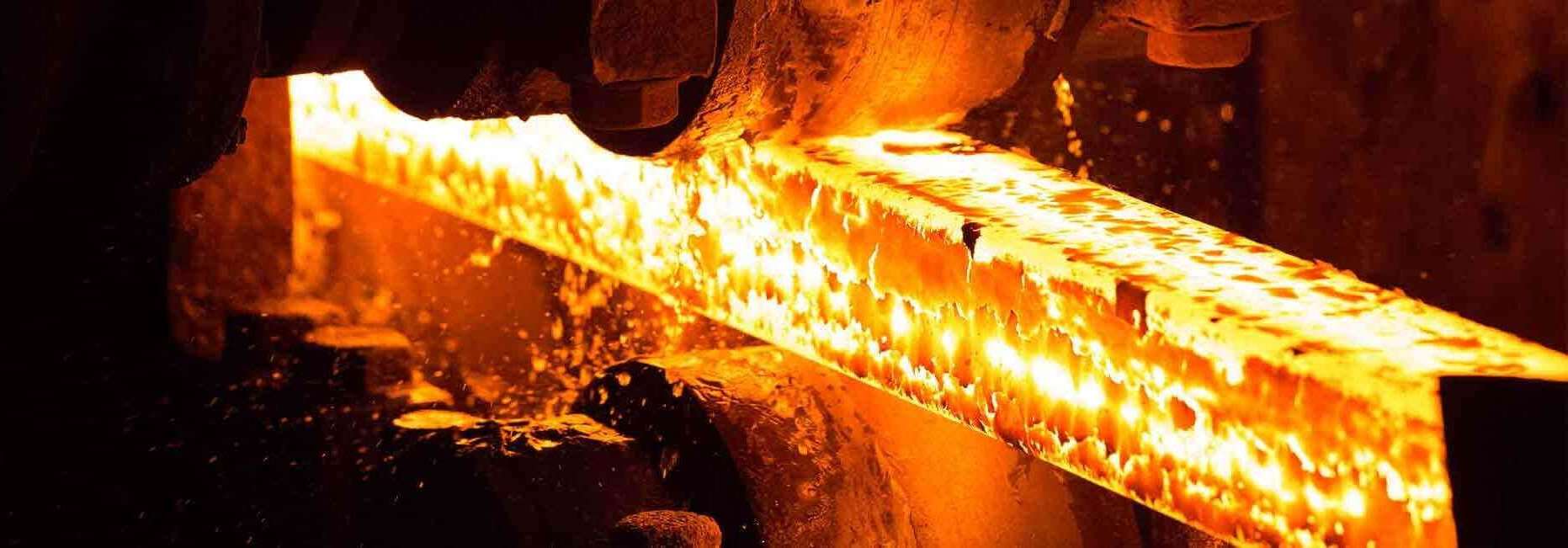When it comes to finishing the look of your home's interior, choosing the right trim can make all the difference. Two popular options to consider are base shoe molding and quarter round. Each serves a specific purpose and can enhance your home’s aesthetic and functionality. In this article, we’ll delve into the differences, advantages, and ideal applications for both trim options, helping you make an informed decision.
Understanding Base Shoe Molding
Base shoe molding is a type of trim that is installed at the bottom of the wall where it meets the floor. It is generally thinner and more delicate than quarter round and is often used in conjunction with baseboards.
Characteristics of Base Shoe Molding
- Height: Typically, base shoe molding ranges from 1 to 2 inches in height.
- Profile: It has a streamlined profile that blends seamlessly with the baseboard.
- Material: Common materials include wood, MDF, and PVC.
Benefits of Base Shoe Molding
- Provides a clean finish that complements baseboards.
- Helps cover slight gaps between the wall and floor.
- Available in various styles to match your home décor.
When to Use Base Shoe Molding
Base shoe molding is particularly beneficial in the following situations:
- When you have uneven flooring and need to disguise gaps.
- In rooms where aesthetics are paramount, such as living rooms and dining areas.
- Along with tall baseboards to create a cohesive look.
Understanding Quarter Round
Quarter round is a trim piece that is used to cover the joint where the floor meets the wall. It has a more pronounced curve compared to base shoe molding and is often larger in profile.
Characteristics of Quarter Round
- Height: Typically, it ranges from 3/4 inch to 1 inch in height.
- Profile: It has a rounded profile that creates a more noticeable transition.
- Material: Can be made from wood, MDF, or flexible materials for various applications.
Benefits of Quarter Round
- Covers larger gaps between the wall and flooring.
- Provides a more robust transition that may better suit certain design aesthetics.
- Helps protect walls from foot traffic and furniture damage.
When to Use Quarter Round
Quarter round is an excellent choice for:
- Rooms with hardwood or tile flooring where durability is essential.
- Basements or utility rooms where functional coverage is prioritized over aesthetics.
- Areas that may experience more wear and tear, such as entryways or kitchens.
Comparative Analysis of Base Shoe Molding and Quarter Round
| Feature | Base Shoe Molding | Quarter Round |
|---|---|---|
| Height | 1-2 inches | 3/4 - 1 inch |
| Profile | Slim and streamlined | Curved and prominent |
| Best Uses | Covering small gaps, aesthetic focus | Covers larger gaps, durability focus |
| Material Options | Wood, MDF, PVC | Wood, MDF, flexible materials |
Key Considerations for Choosing the Right Trim
When determining whether to use base shoe molding or quarter round in your home, consider the following:
- Room Functionality: Is the room subject to heavy foot traffic?
- Design Aesthetic: What style are you going for—modern and sleek or traditional and warm?
- Gap Coverage: How significant are the gaps between the flooring and the wall?
- Budget: What are you willing to spend on trim materials and installation?
FAQs
What is the main purpose of base shoe molding?
Base shoe molding primarily serves to cover small gaps between the wall and the floor, particularly in areas where the flooring may not be perfectly level.
Can I use quarter round without baseboards?
Yes, quarter round can be used as a stand-alone trim piece, especially in situations where baseboards are either not desired or practical.
Which option is more durable?
Quarter round tends to offer more durability, especially in high-traffic areas, as it provides better protection against impacts and damage.
Can both trims be used together?
Yes, many homeowners choose to use both trims in conjunction to achieve a layered, more sophisticated finish.
Conclusion
Choosing between base shoe molding and quarter round ultimately comes down to your specific needs, aesthetic preferences, and practical considerations. Base shoe molding offers a sleek, finished look ideal for living spaces, while quarter round provides a more robust solution for high-traffic areas. Consider the factors discussed in this article, and you'll be well-equipped to select the right trim option for your home. Making the right choice can enhance not just the beauty of your interiors but also their functionality and durability.



